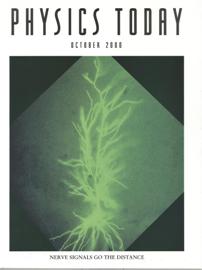


Richard H. Dalitz (1925-2006) was an Australian-British particle physicist. He obtained his PhD at the University of Cambridge, around 1951, and spent most of his professional life first in the United States and then in England. He held a Royal Society research professorship, at the University of Oxford, for almost three decades [1].
Early in his career (around 1947) he developed a long standing friendship with Oxford physicist John Clive Ward following Dalitz independent derivation of the probability amplitude describing the polarization quantum entanglement of two quanta propagating in opposite directions, shortly after Ward's own derivation [2, 3]. This is the very equation that gives origin to the physics of quantum entanglement, quantum communications, quantum cryptography, quantum teleportation, and that is widely utilized to quantitatively describe Einstein-Podolsky-Rosen (EPR) situations [4].
Dalitz went on to contribute enormously to particle physics introducing techniques that eventualy became standard tools in the field. These include the Dalitz plots and the Castillejo-Dalitz-Dyson (CDD) poles [1]. Dalitz plots have played a central role in the development of particle physics and the discovery of the Higgs boson. He also discovered that a neutral pion could decay into a photon and an electron-positron pair. This electron-positron pair became known as a Dalitz pair.
Dalitz also played a crucial role in quark research and led the early search for this fundamental particle while ignoring the open disdain exhibited by some well-known figures in theoretical physics who regarded the quark simply as an under-cover mathematical concept [5]. Obviously, Dalitz contributed brilliantly at the highest levels of particle physics. Consequently, even though he was awarded various prestigious honors, it is no surprise to find Dalitz identified as one of particle physics great unsung scientists [6].

Page published on the 9th of February, 2005
Updated on the 27th of March, 2017